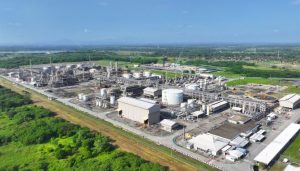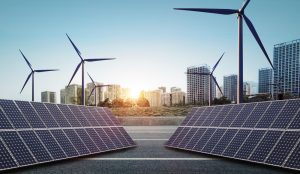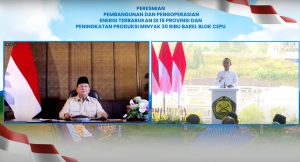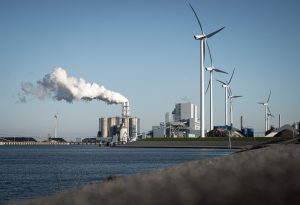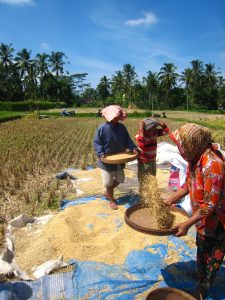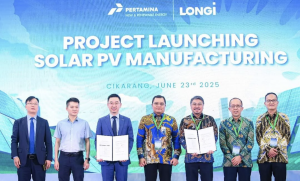Jakarta—Public policy observers say that PLN’s ability to meet the target portion specified in the national electricity mix with power plants from new and renewable energy (NRE) operated by the state-owned company is one of the most important benchmarks for whether or not Power wheeling (PW) should be regulated in the New Energy Renewable Energy (NERE) Bill.
PW or Joint Utilization of Electric Power Network (PBJTL) enables Independent Power Producers (IPPs) or private entities to use the existing transmission infrastructure of a utility, like PLN, to sell electricity directly to consumers, bypassing PLN as the sole purchaser. It provides a framework for electricity customers, such as industrial companies, to purchase power from private generators located elsewhere, effectively broadening access to different electricity sources beyond their own on-site generators.
Public Policy and Consumer Protection Observer Agus Pambagio also questioned whether private NRE power plants could be cheaper and more quickly available than those built by PLN.
PW is one of the most intense issues in the discussion of the NERE Bill in the Commission VII DPR working committee. However, the debate on PW is not only technical but also about its impact on national electricity infrastructure.
“There is a view that PW does not solve the main problem of national electricity. On the contrary, the concept of PW can cause complexity because it conflicts with applicable laws and regulations and does not reduce the burden on the state budget due to oversupply,” Pambagio said in an official statement on Tuesday, March 19.
According to him, some experts propose that PW arrangements are more appropriate in the Electricity Law than in the NERE Bill. PLN has shown serious commitment to developing NRE by building many green power plants.
Data shows that PLN has succeeded in significantly increasing the capacity of NRE power plants through its own projects and cooperation with private investors.
“The issue of Power Wheeling highlights the complexity of implementing national electricity, especially in the context of harmonization of applicable laws and regulations,” Pambagio added.
He said it is necessary to consider proposals to re-evaluate the joint use of transmission and distribution networks to become a solution to the main problems of national electricity. One is through government cooperation with business entities to build transmission and distribution networks in areas with low electrification ratios.
By 2023, PLN has built 16 Hydro Power Plants with a capacity of 95.79 MW, 6 Solar Power Plants (PLTS) with a capacity of 0.3 MW, and finally in November 2023 the Cirata Floating PLTS with a capacity of 192 MW was inaugurated which is the largest PLTS in Southeast Asia and the third largest in the world. Then the Geothermal Power Plant with a capacity of 44.6 MW, 2 power plants from waste and biogas with a capacity of 11.9 MW.
In 2022, PLN has also operated 22 power plants totaling 172.26 MW in collaboration with IPPs. And, in 2021 it has completed 38 power plants totaling 624.02 MW. (Hartatik)


